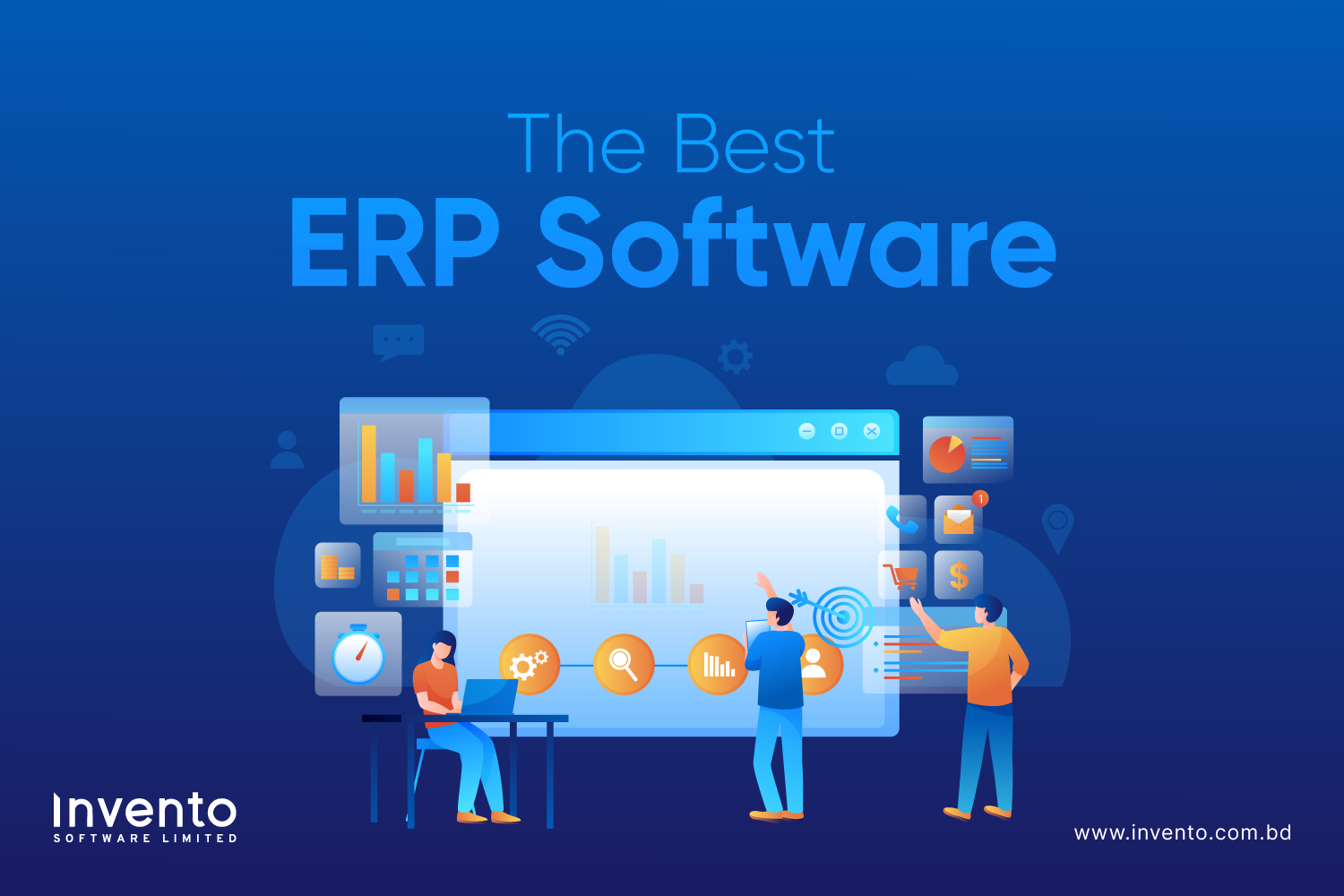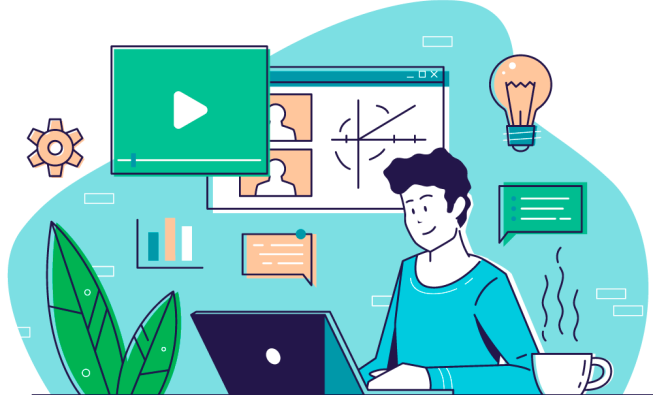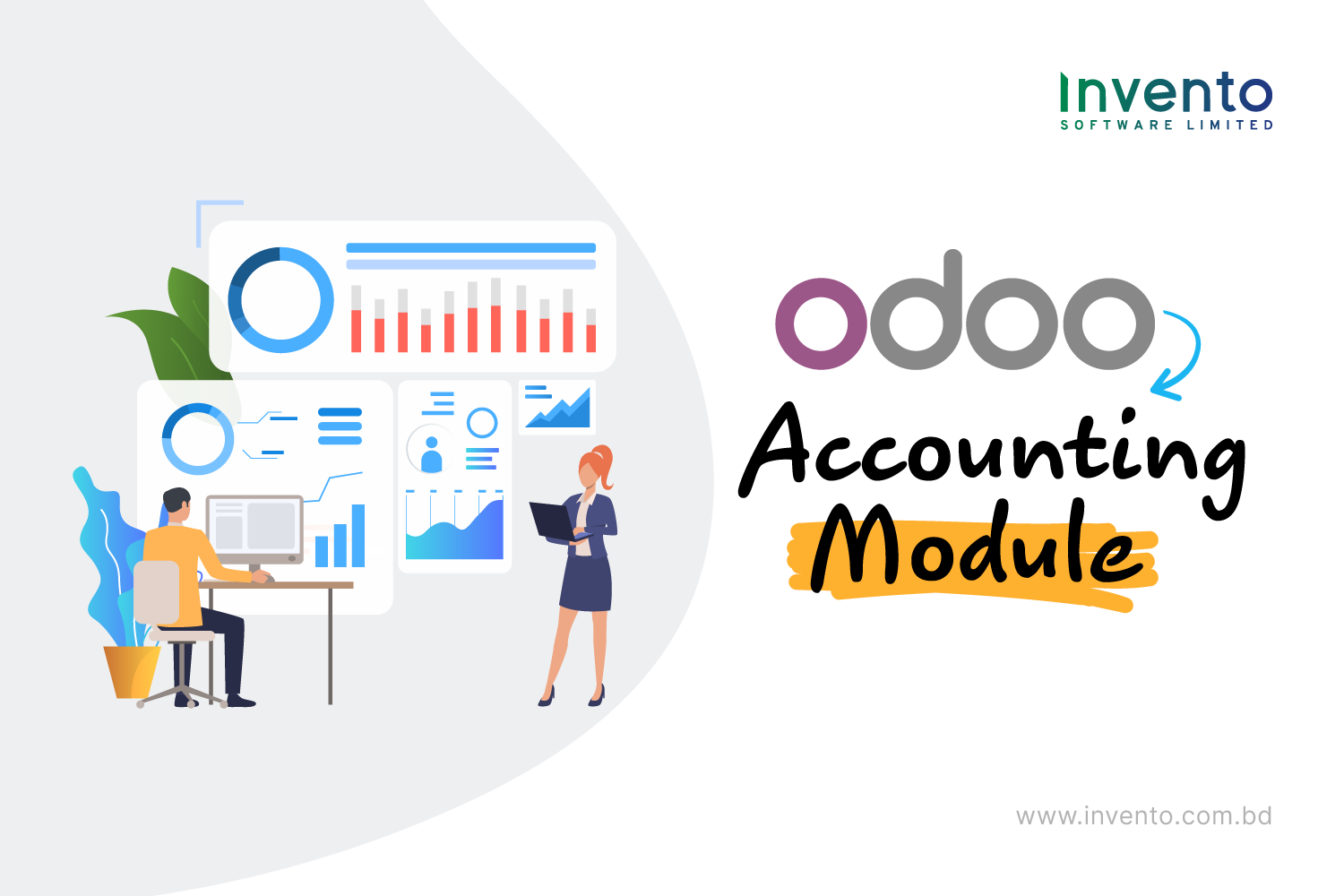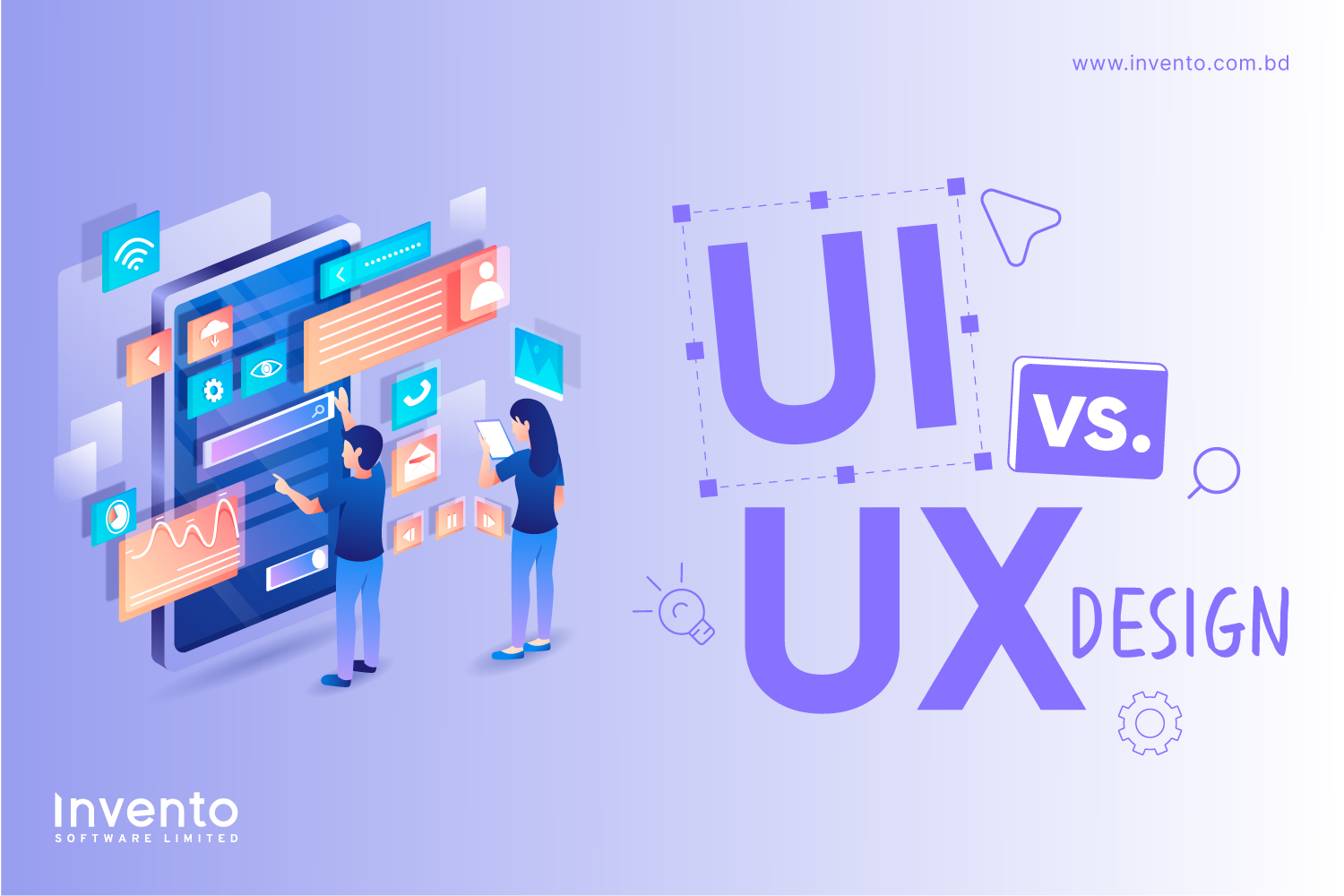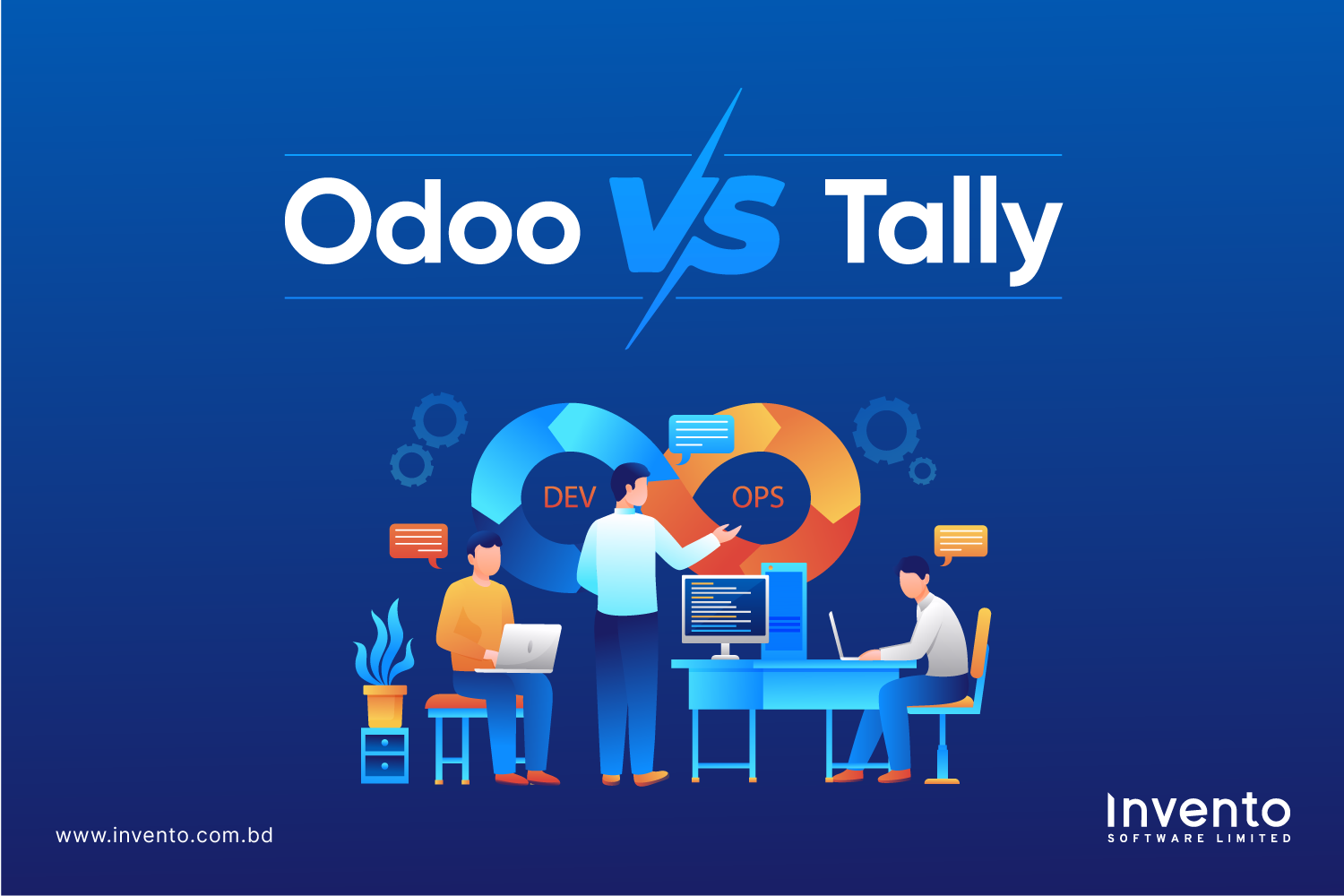Choosing the best ERP software is one of the most important decisions for any business today. ERP stands for Enterprise Resource Planning, and it helps companies manage almost everything — accounting, inventory, sales, HR, manufacturing, and more — in one single system. The right ERP saves time, reduces costs, and helps you make better business decisions. But with so many ERP solutions in the market, which one should you choose?
In this article, we will explore what makes ERP software great, why ERPNext stands out from the rest, and how it can help your business grow.
What Makes a Good ERP System
A good ERP system brings all your departments together under one roof. It should make your work easier, not harder. The best ERP software is simple to use, covers all your business functions, and grows with your company. It should also provide reliable data security, accurate reports, and smooth integration with other tools you already use.
For example, if you run a small business, you need something affordable and flexible. If you manage a larger company, you need something powerful and scalable. ERPNext is one of the few ERP systems that balances both — it’s powerful enough for large organizations but simple enough for small businesses.
What Is ERPNext?
ERPNext is an open-source ERP software built by a company called Frappe Technologies. It is designed to handle every major business function in one platform. Because it is open source, anyone can download, use, and customize it for free. Businesses can either host it on their own server or use the cloud version offered by Frappe.
ERPNext is built using the Frappe Framework, a modern web framework based on Python and JavaScript. It offers a clean, user-friendly interface and allows deep customization. The system includes modules for accounting, sales, purchases, inventory, manufacturing, HR, payroll, projects, CRM, and even website management. You can activate or deactivate any module based on your needs.
In short, ERPNext is like a complete digital office. It brings your entire business operation to one screen.
Why ERPNext Is the Best ERP Software
One of the main reasons ERPNext is called one of the best ERP software solutions is its all-in-one nature. You don’t need to buy separate tools for accounting, HR, CRM, or inventory. Everything is already built inside ERPNext.
Cost-Effective and Flexible
Another reason is its cost efficiency. Unlike many ERP systems such as SAP or Oracle NetSuite, ERPNext doesn’t charge expensive license fees. Since it’s open source, you can start using it immediately and only pay for hosting or support if you need it. This makes it a perfect choice for small and medium-sized businesses that want advanced features without a big budget.
ERPNext is also very flexible. You can easily customize forms, add new fields, change workflows, and even create your own modules. You have complete control over your system because you own the code. This level of freedom is rare in most commercial ERPs.
Easy Accounting and Finance Management
Accounting is the heart of any ERP, and ERPNext handles it beautifully. It lets you record journal entries, track expenses, manage bills, handle multi-currency transactions, and generate financial reports like balance sheets and profit-and-loss statements instantly.
The system also supports automatic bank reconciliation, budget management, and asset depreciation. You can easily keep track of your company’s financial health in real time. Since it connects directly to other modules like sales and purchases, every transaction updates automatically across your accounts. This eliminates manual work and reduces errors.
Inventory and Warehouse Control
ERPNext gives you full control over your inventory and warehouses. You can check stock levels, see where items are stored, and track movement from one location to another. It supports batch and serial numbers, so you can manage both raw materials and finished goods easily.
If an item runs low, the system can send you automatic reminders to reorder. This helps you maintain the right stock balance and avoid shortages or overstocking. For businesses that deal with manufacturing or retail, this feature alone can save huge amounts of time and money.
Smooth Sales, Purchases, and Customer Management
ERPNext makes it easy to manage sales and purchases from start to finish. You can create leads, send quotations, and convert them into sales orders and invoices with just a few clicks. The system also lets you handle returns, discounts, and taxes automatically.
On the supplier side, you can track purchase orders, manage vendor payments, and analyze which suppliers perform best. Because the CRM (Customer Relationship Management) module is built in, you can also record customer interactions, track opportunities, and follow up on potential sales. This helps you build stronger relationships and increase repeat business.
Complete Manufacturing Solution
For manufacturing companies, ERPNext is a complete solution. It supports Bill of Materials (BOM), production planning, capacity scheduling, and work order tracking. You can plan your entire production process — from raw material purchase to finished product delivery — inside one system.
It also supports subcontracting and multi-level production. You can see exactly which materials are used, how much stock is consumed, and what stage each order is at. This helps you control costs, reduce waste, and deliver products on time.
Human Resources and Payroll
Managing employees can be difficult without the right tools. ERPNext makes HR and payroll management simple and transparent. You can store employee profiles, attendance records, and leave applications in one place. Payroll generation is automated — the system calculates salaries, deductions, and bonuses automatically.
Performance evaluations, recruitment, and expense claims are also built into the system. This saves HR teams from paperwork and gives managers quick insights into workforce performance.
Project and Time Management
ERPNext also works as a project management tool. You can create projects, assign tasks, and track progress easily. Each employee can log time spent on different activities using timesheets. This feature is helpful for service-based companies that bill clients based on time.
The built-in project dashboard shows deadlines, progress bars, and budgets in one place. This improves team coordination and ensures that no task goes unnoticed.
Website and E-commerce
One unique feature of ERPNext is that it includes a website and e-commerce builder. You can design your website, upload products, and even accept online orders directly from your ERP system. The website is fully linked to your inventory and accounting modules, so your data stays up-to-date.
For small businesses that sell online, this means you don’t need to buy a separate e-commerce platform. ERPNext lets you run everything from one dashboard.
Reporting and Analytics
ERPNext comes with a powerful reporting system. You can generate detailed reports for every department — accounting, HR, sales, and inventory. Dashboards and charts help you understand your company’s performance at a glance.
You can also create custom reports using its report builder. Because all modules are connected, data flows smoothly, making your reports accurate and reliable. Having this kind of real-time visibility helps business owners make smarter decisions.
Security and Data Control
ERPNext takes data security seriously. It allows you to set user roles and permissions so that employees can only see what they are supposed to see. Every action in the system is recorded in an audit trail, showing who made what changes and when.
The software also supports secure login, password protection, and data encryption. If you use the cloud version, your data is backed up automatically. This gives you peace of mind knowing your business information is safe.
Comparing ERPNext with Other ERP Systems
| Feature / Aspect | ERPNext | SAP / Oracle NetSuite | Microsoft Dynamics 365 |
| Pricing | Open source and free to use; only pay for hosting or support | Very expensive license fees | Moderate to high cost; subscription-based |
| Target Users | Small and medium businesses, startups, educational and non-profit sectors | Large enterprises with complex operations | Mid to large businesses using Microsoft products |
| Ease of Use | Simple and beginner-friendly interface | Complex; requires professional training | User-friendly but with a learning curve |
| Customization | Fully customizable with open-source access | Limited customization; vendor-controlled | Customizable within Microsoft ecosystem |
| Modules Included | Accounting, HR, CRM, Inventory, Manufacturing, Projects, E-commerce | Very advanced but sold separately or as add-ons | Wide range of business modules |
| Implementation Time | Quick setup for small companies | Long and expensive implementation | Moderate setup time |
| Community Support | Strong open-source community worldwide | Mostly vendor support; costly | Official Microsoft support |
| Hosting Options | Cloud or self-hosted (you own your data) | Cloud-based or on-premise (high cost) | Cloud and hybrid options |
| Scalability | Scales well for SMEs; customizable for larger ones | Excellent for large corporations | Highly scalable for enterprises |
| Overall Value | Excellent balance of features and affordability | Powerful but very costly | Reliable but tied to Microsoft products |
Challenges of Using ERPNext
Like any software, ERPNext also has some challenges. It may take time to learn, especially if your team is new to ERP systems. If you host it on your own server, you’ll need some technical knowledge or a partner to manage installation and updates.
Large enterprises with extremely complex operations might need additional customization to handle high volumes of data. However, for most small and medium companies, these challenges are minor compared to the benefits it provides.
Who Should Use ERPNext?
ERPNext is perfect for small and medium-sized businesses, startups, and growing companies that want an affordable yet complete ERP. It is also great for non-profits, schools, hospitals, and agricultural businesses because it includes domain-specific modules for these sectors.
If your company wants more control over your software and doesn’t want to depend fully on expensive vendors, ERPNext is a smart choice. It gives you ownership, flexibility, and long-term savings.
How to Get Started with ERPNext
Getting started with ERPNext is easy. First, you can explore the demo on the official ERPNext website. This will give you a feel of the system. Then you can decide whether to host it yourself or use the cloud version.
Before full implementation, list your business requirements and test key modules like accounting, inventory, and HR. Once you’re comfortable, you can add more modules and train your team. Many certified partners also offer setup and support if you prefer professional help.
The key to a successful ERPNext implementation is planning. Clean your old data, set clear goals, and train your staff properly. Once everything is in place, ERPNext will streamline your business and make it easier to scale.
Final Comment
ERPNext stands out as one of the best ERP software solutions available today. It combines affordability, flexibility, and power in one system. From accounting and HR to inventory and e-commerce, it covers every business area efficiently. Its open-source nature gives you full control, while its user-friendly design makes it accessible even for beginners.
Whether you are running a small company or managing a growing enterprise, ERPNext can help you save time, cut costs, and manage your operations smoothly. It is not just software; it’s a complete digital backbone for modern business success.
If you’re looking for the best ERP software that offers freedom, value, and performance, ERPNext is definitely worth your attention.
